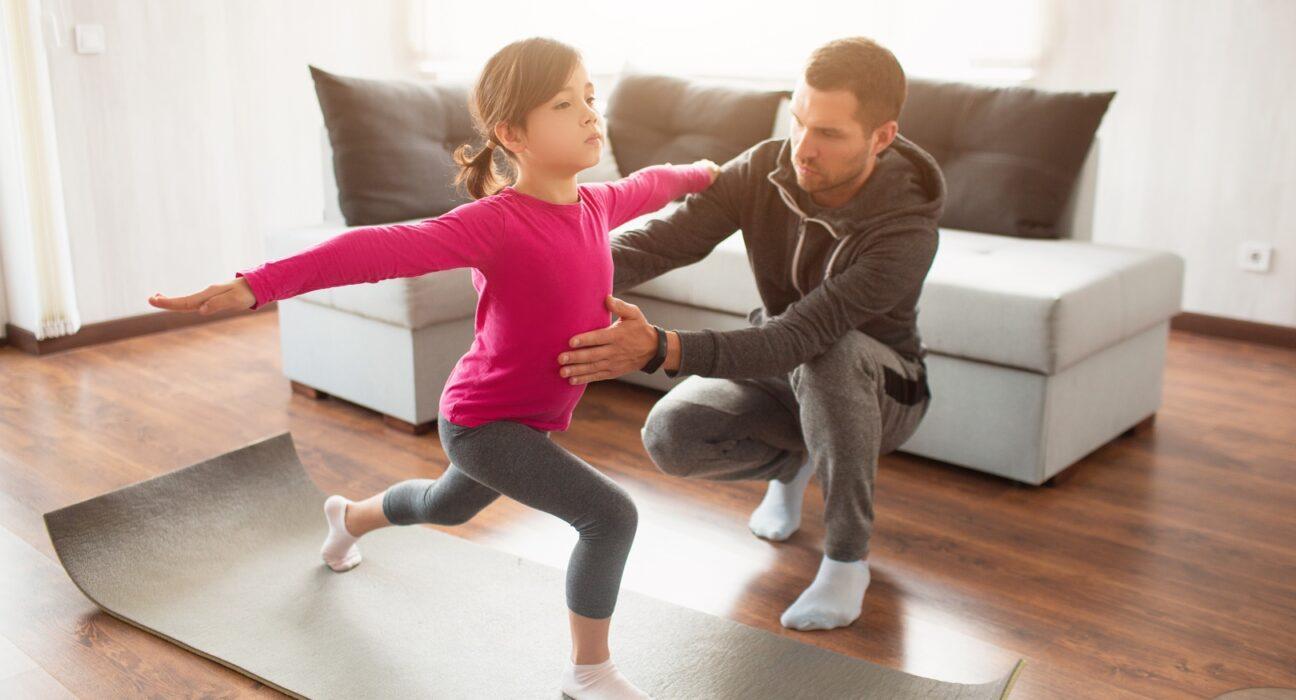For adults, working towards physical fitness is often a key part of staying healthy. They go to the gym, take power walks, monitor what they eat, and more. But physical fitness is also crucially important for children, and parents must find ways to encourage them to engage in physical activity from a young age to promote healthy growth and development.
Benefits of Physical Fitness
One of the most significant benefits of physical fitness is maintaining a healthy weight. Childhood obesity rates have been on the rise in recent years, and physical activity can help combat this trend. Regular exercise can help children burn calories and maintain a healthy weight, reducing their risk of developing obesity-related health problems such as type 2 diabetes, high blood pressure, and heart disease.
Conditions such as obesity, type 2 diabetes, high blood pressure and other ailments can follow children into adulthood, so it is important to provide opportunities for exercise for children at any age. Prevention is better than cure.
Physical fitness can also improve cardiovascular health. Exercise strengthens the heart and lungs, improving the flow of blood and oxygen throughout the body. Regular exercise reduces the risk of heart disease by improving blood pressure and lowering cholesterol levels.
Exercise also helps to build strong muscles and bones, reducing the risk of injury and improving overall physical performance. This is especially important for children as they grow and develop. Strong muscles and bones can also improve posture and balance, reducing the risk of falls and other accidents.
Types of Physical Activity
There are many types of physical activity that children can engage in to promote physical fitness. One of the most popular forms of exercise is sports. Playing sports can help children develop important physical skills such as hand-eye coordination, agility, and endurance. Additionally, sports can promote teamwork, social skills, and self-confidence.
Another form of physical activity is aerobic exercise. Aerobic exercise includes activities such as running, biking, and swimming that increase heart rate and breathing. Aerobic exercise is essential for cardiovascular health and can help children maintain a healthy weight.
Strength training is another important form of physical activity. Strength training involves using weights or resistance bands to build muscle strength. This type of exercise is especially important for children as they grow and develop. Strong muscles can help prevent injury and improve overall physical performance.
Finally, flexibility exercises such as stretching and yoga can improve a child’s range of motion and reduce the risk of injury. These exercises are particularly helpful for children who participate in sports or other physical activities that require a lot of movement.
Encouraging Physical Activity
Parents and caregivers can play a crucial role in encouraging children to be physically active. One of the best ways to encourage physical activity is to lead by example. Parents who engage in regular physical activity are more likely to have children who are also physically active.
Another way to encourage physical activity is to make it fun. Children are more likely to engage in physical activity if it is enjoyable. Parents can encourage children to participate in sports or other activities they enjoy, such as dancing or hiking.
Finally, encourage physical activity in children by making it a part of their daily routine. Walking or biking to school, taking family walks after dinner, or participating in weekend hikes are all great ways to incorporate physical activity into daily life.
Overcoming Barriers to Physical Activity
Children who spend a lot of time watching TV or playing video games are less likely to be physically active. This may lead to a sedentary and unhealthy lifestyle. Parents can set limits on screen time and encourage children to engage in physical activity instead.
Due to the poor maintenance of outdoor playgrounds and parks, there is also the rising concern of lack of access to safe places to play. Children who do not have access to parks or playgrounds may have difficulty engaging in physical activity. Parents can work with their communities to advocate for safe places to play and participate in community events that promote physical activity.
Surprising as it may seem, time is another barrier that can hinder children from getting the physical activity they need. Busy schedules can be a great deterrent to physical activity for parents and children alike. Parents should work to ensure that physical activity is included in the family’s schedule.
Finally, some children may have physical or developmental disabilities that make it difficult to engage in physical activity. Parents can work with healthcare providers and physical therapists to develop exercise plans that are safe and appropriate for their children’s needs.
The benefits of physical fitness in children are numerous. By nurturing active lifestyles in their children, parents can help them develop healthy habits that last a lifetime.





